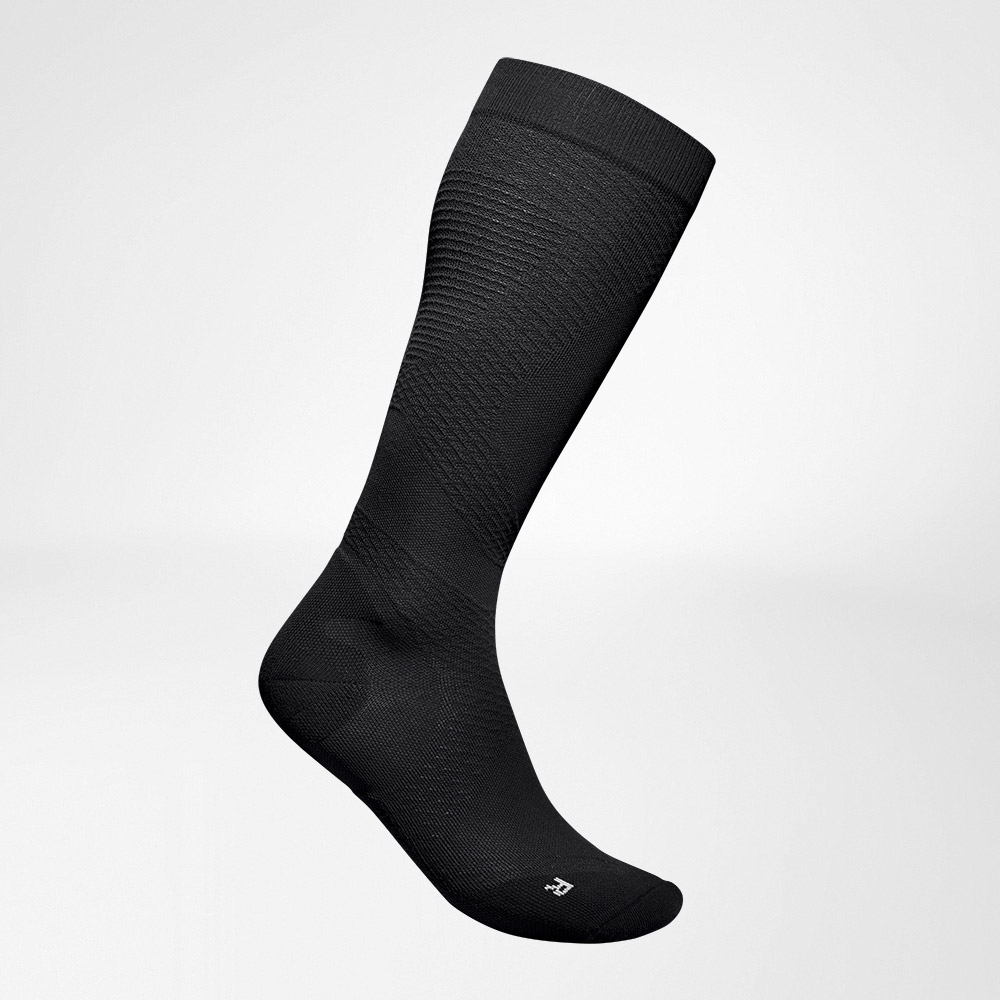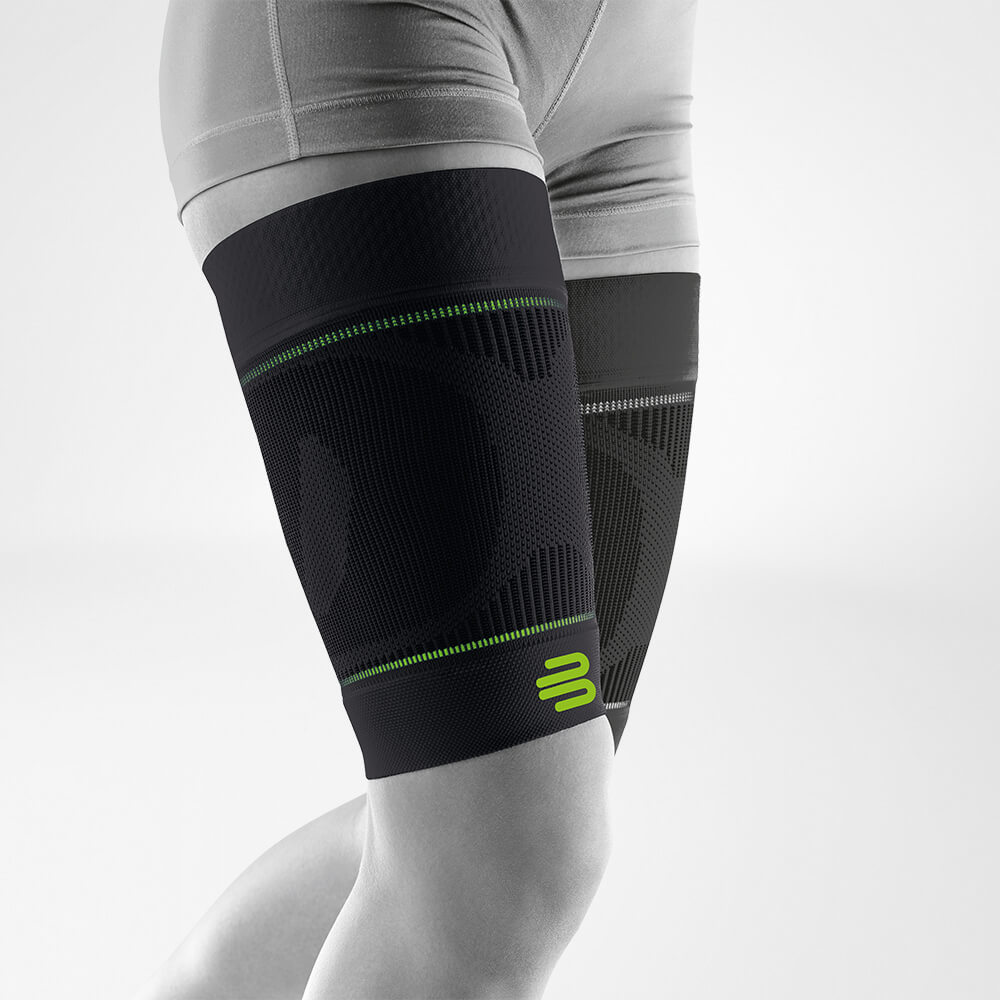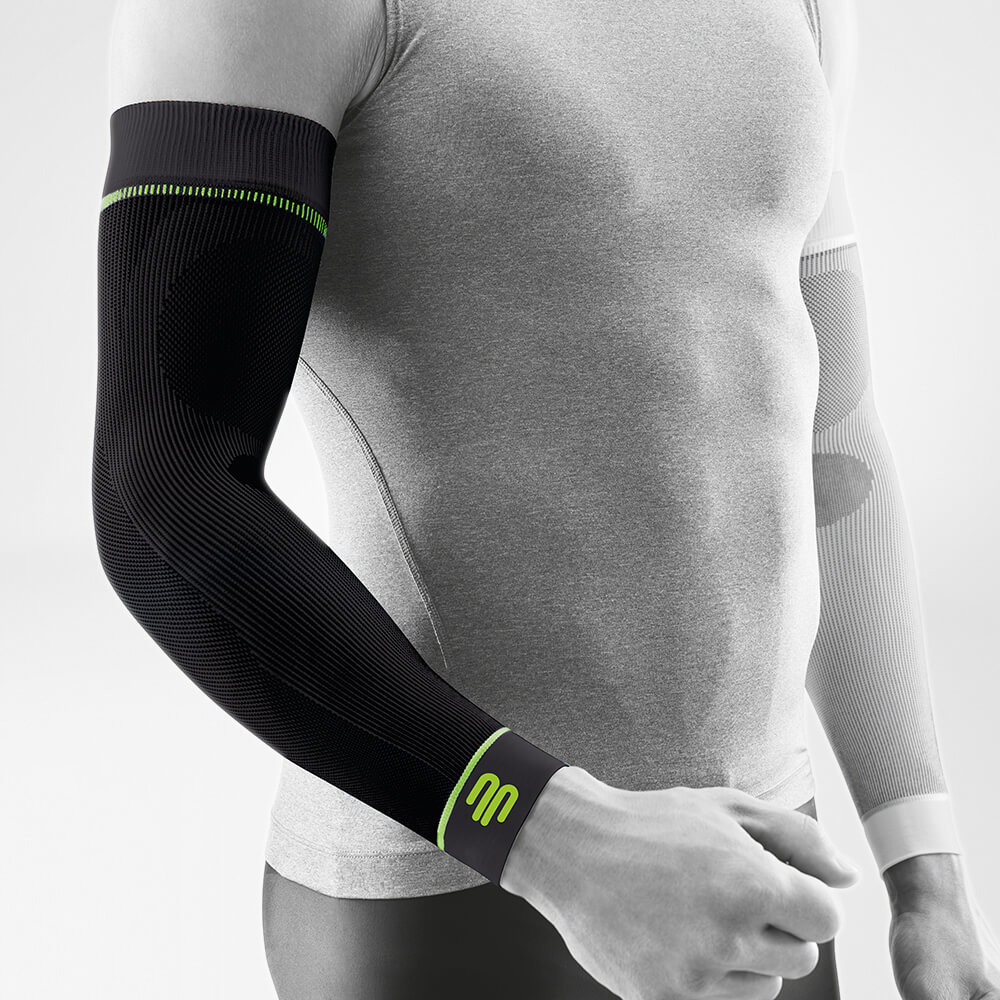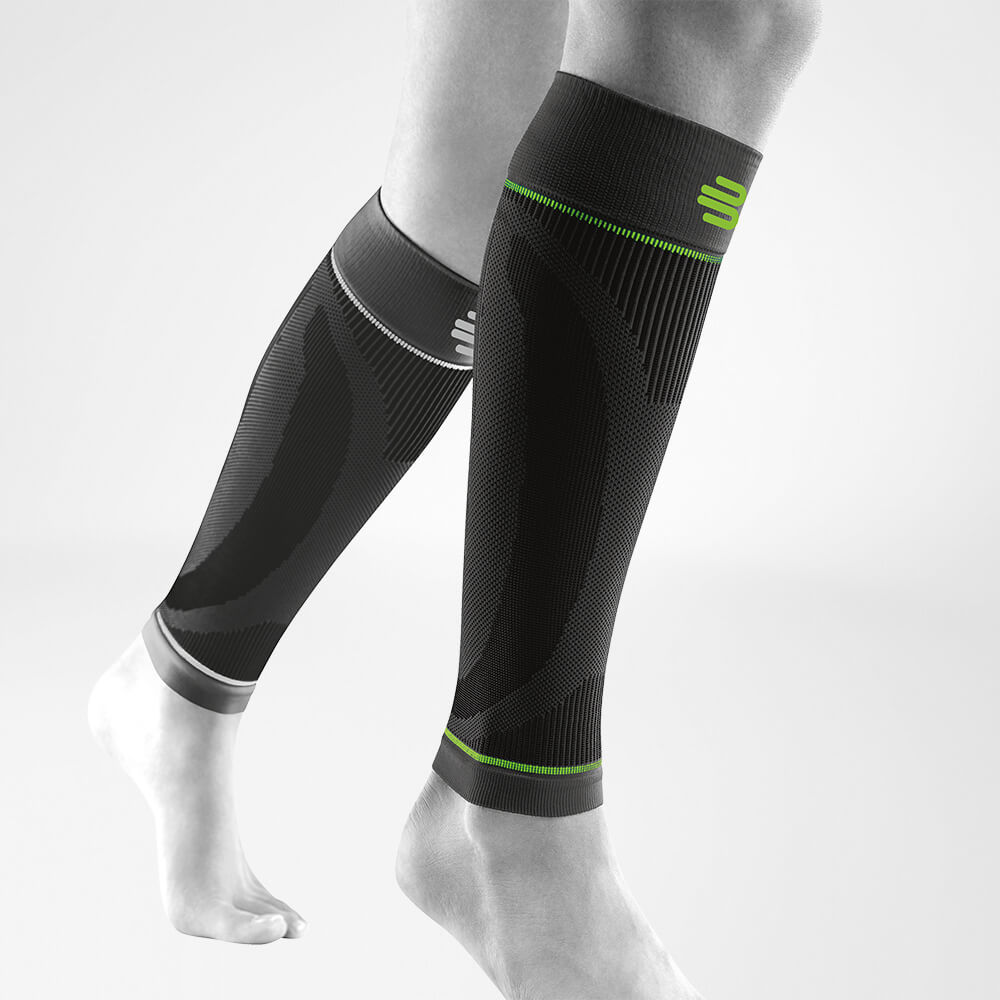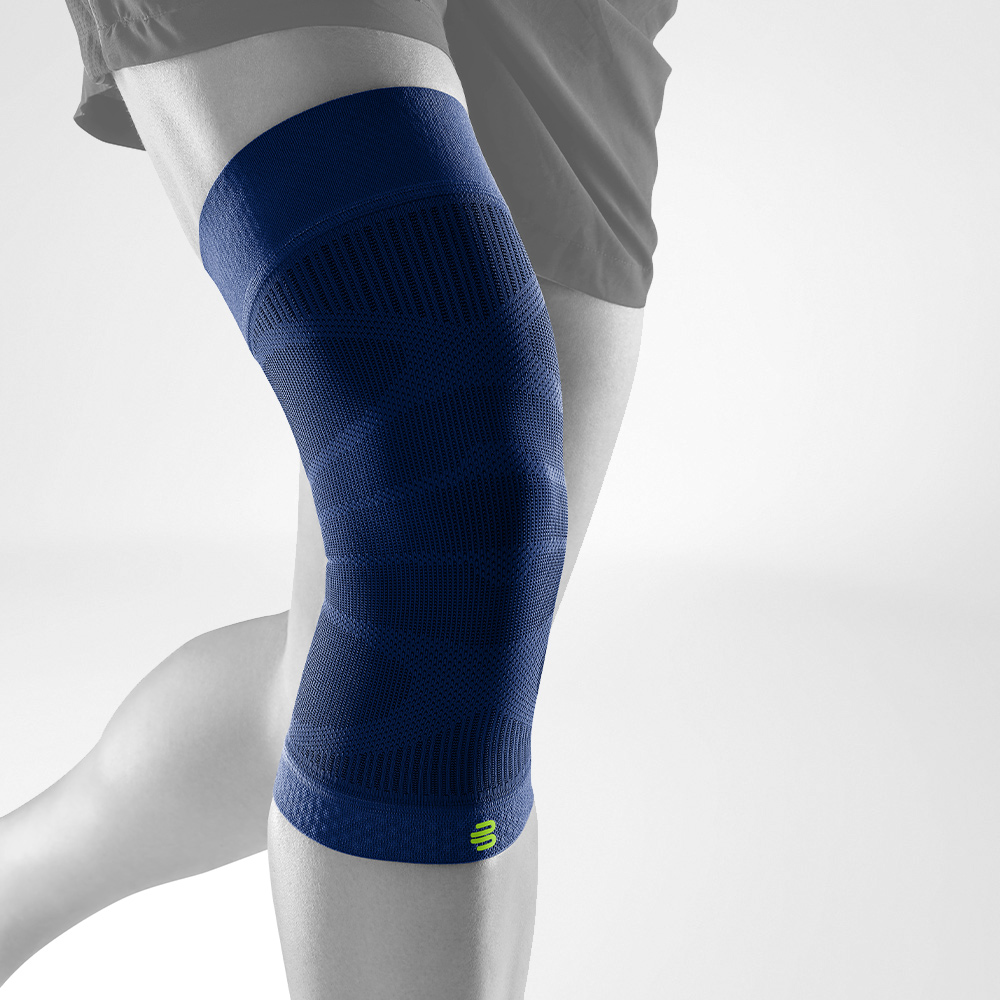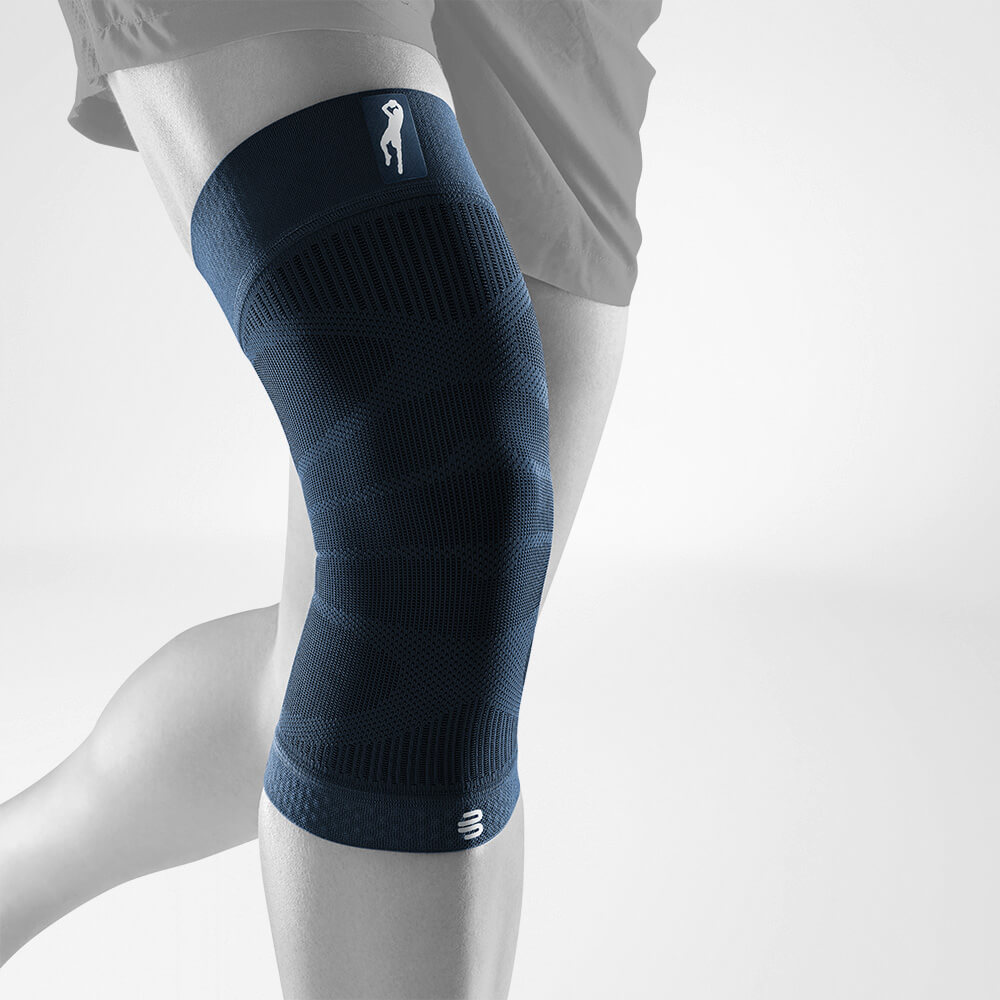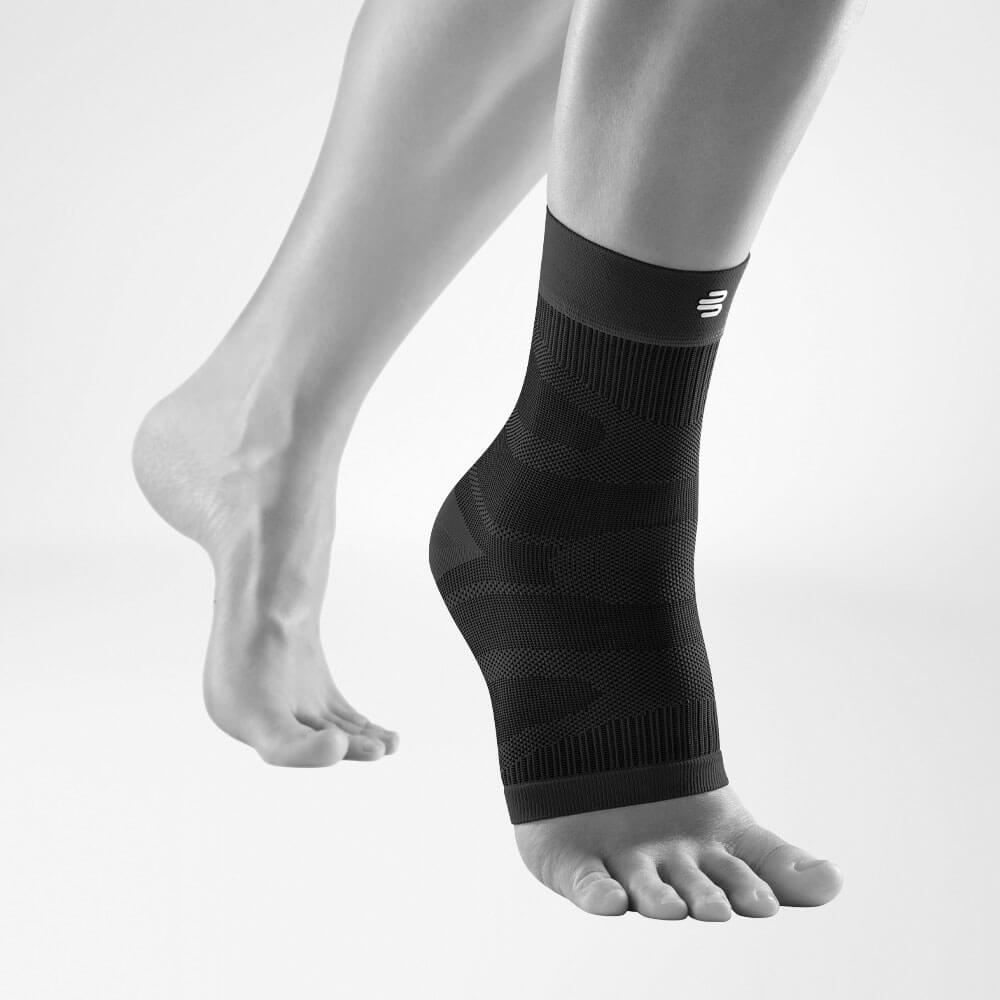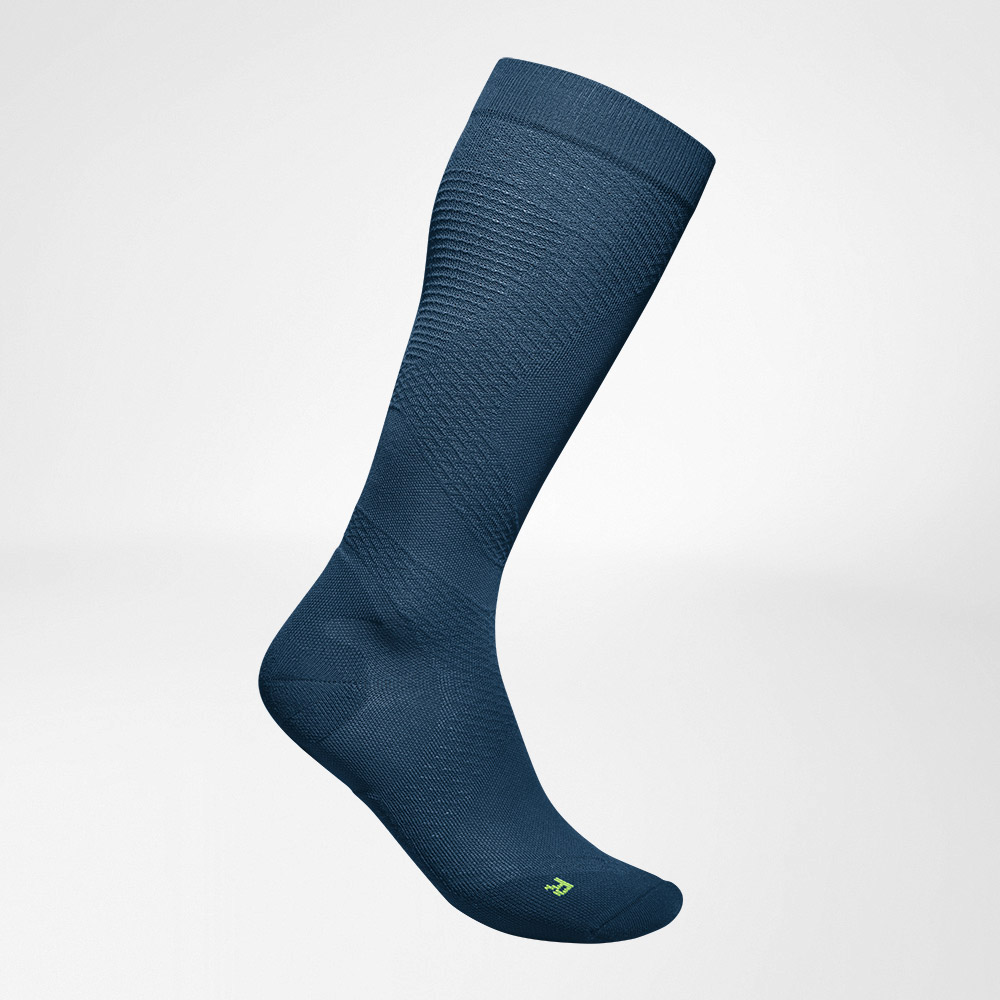
Fitness
How cold is ice bathing?
A 30-day hands-on experiment with instructions 🧊

After reading our article “Ice bathing: healthy and regenerative?”, I was highly motivated to try it out for myself. As someone who exercises regularly but is constantly exposed to cold germs from kindergarten, I wanted to find out whether ice bathing could noticeably improve my health and regeneration. So I started my own personal 30-day challenge. But questions soon came up: what is the ideal amount of time for ice bathing? How often should I try it? Where can I find suitable spots for ice bathing nearby? And at what temperature is bathing actually considered ice bathing? In my research, I found lots of people discussing their experiences, but hardly any general recommendations. That’s why I put together my own ice bathing guide based on various articles, videos and podcasts.

But questions soon came up: what is the ideal amount of time for ice bathing? How often should I try it? Where can I find suitable spots for ice bathing nearby? And at what temperature is bathing actually considered ice bathing? In my research, I found lots of people discussing their experiences, but hardly any general recommendations. That’s why I put together my own ice bathing guide based on various articles, videos and podcasts.
For how long, how often and when should you practice ice bathing?
Jumping into ice-cold water without any preparation would be a big mistake. Like any stimulus that affects the body, it’s important to get used to the cold water slowly. That’s why I started by taking a cold shower every day one month before my challenge to get used to the cold step by step. In the process, I determined how long I could tolerate ice bathing: At first my limit was 60 seconds, but I was soon able to continuously extend this time.

Many experts do not recommend daily ice bathing. Instead, many ice bathers and scientists recommend two to four sessions per week, for a total duration of 10 to 12 minutes. But I decided to take my own approach: alternating daily between cold showers and ice bathing. My goal was to stay in the water for at least 60 seconds. I only took a break on Sundays. The time of day also plays an important role for ice bathing. Morning or midday is a particularly good time because ice bathing releases activating hormones such as adrenaline and dopamine. I opted to either take my ice baths at home right after waking up or to visit a nearby river during my lunch break – one option for ice bathing in the area. Several times I tried jumping into the ice bucket after a running workout, but this turned out to be an additional challenge for me. Somehow an ice bath right after training was extremely challenging for my body and spirit.
Ice bathing at home – easy and effective

ce bathing at home is a convention option for regular ice bathing. I decided to buy a 300-litre rain barrel from the hardware store. I put this in the garden and filled it with water up to 80%. A cover prevented leaves and animals from getting in. The water temperature was regulated automatically by the cool nights. After roughly 14 days I changed the water to ensure hygienic conditions.
With this method, it was easy to practice ice bathing at home, but I also sought out some variety. Whenever possible, I tried ice bathing near home: in rivers, lakes or quarries. Especially while traveling, I took every opportunity to jump into cold water when I was away from home. Sometimes my children were there with me at the lake, looking on in bewilderment. Having said that, I noticed that the quiet and familiarity of my garden often helped me to overcome the challenge mentally. And of course the comfort of knowing I could go right back into my warm house afterwards.

From cold showers to true ice bathing

The transition from cold showers to ice bathing was surprisingly easy for me at first. The water temperature in my barrel was between 10 and 14 degrees – similar to my showers. Ice bathing in the river and the quarry lake was actually really fun and practically an outdoor adventure. But things got serious when the temperatures dropped in November: in the morning, the water temperature was often just 5 degrees or less. And all of the other bodies of water in the area were properly cold now.
Now the water wasn’t just cold, it hurt. I noticed it on my skin particularly, although it felt as if it reached all the way to my bones. Now I could clearly see the boundary between a cold bath and actual ice bathing. The water in my ice barrel was constantly around 5 degrees, even a bit colder in the morning. At first, I couldn’t manage 60 seconds anymore at such low temperatures. I often stopped after 20 to 30 seconds. Mentally as well, the whole thing had become a real challenge. But I felt fantastic after the ice bath every time – a mix of pride and an endorphin rush. It reminded of the happiness I felt after tough intervals during my half-marathon training, another challenge that tested my body and mind.
Speaking of sports: ice bathing only had a moderate influence on my athletic performance and regeneration, as far as I can tell. After hard cycling and running sessions, I tried to observe whether my legs felt less heavy the day after. Although there was a noticeable effect, this was far less marked than I had hoped. Even after strong workouts, I was unable to see any groundbreaking recovery times. And yet: during the 30 days of my ice bathing challenge, I didn’t get sick once.

An ice bathing guide – step by step
Preparation
- Schedule ice bathing at home as a routine.
- Keep everything at the ready: towel, warm clothing, swimsuit.
- Warm up first, for instance with easy exercise.
Execution
- Get into the water slowly.
- Keep your breathing calm and controlled.
- Stay in the water for as long as it feels good. How long should your ice bathing session last? Listen to your body.
- Get out slowly, dry off and put on warm clothes.
Follow-up
- Enjoy the endorphin rush.
- When ice bathing at home, check the water quality regularly.
- Keep your tools ready for the next session.
10 tips for getting started
- Start slowly, ideally with cold showers.
- Never jump into the water: instead, step in slowly.
- Keep your head and hands warm if possible, with a cap for instance.
- Find a calm environment, for instance at home.
- Don’t set your expectations too high.
- Focus on your breathing.
- Ice bathing at home makes it easier to establish a routine.
- Occasional variety, like ice bathing outdoors near home, can provide motivation.
- After the ice bath, take time to dry yourself off calmly.
- Always remember: flowing water often feels colder than standing water.
My conclusion
Ice bathing is far more challenging than it first appears. Whether you opt for ice bathing at home or outdoors, finding a suitable body of water can be the first hurdle. Fluctuating water temperatures and extreme cold can also pose a real challenge. When I worked it in as a fixed element of my daily routine, I noticed many positive effects of cold water therapy – and lasting impressions above all. So my conclusion is: it’s worth giving ice bathing a try!

